
Picture found here.
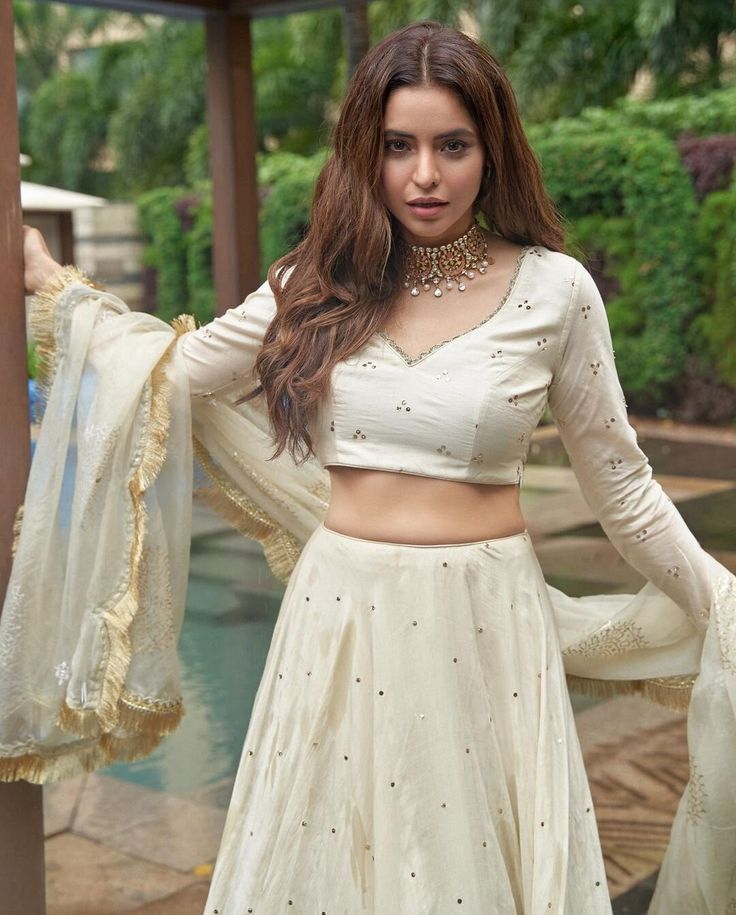


Picture found here.

Picture found here.
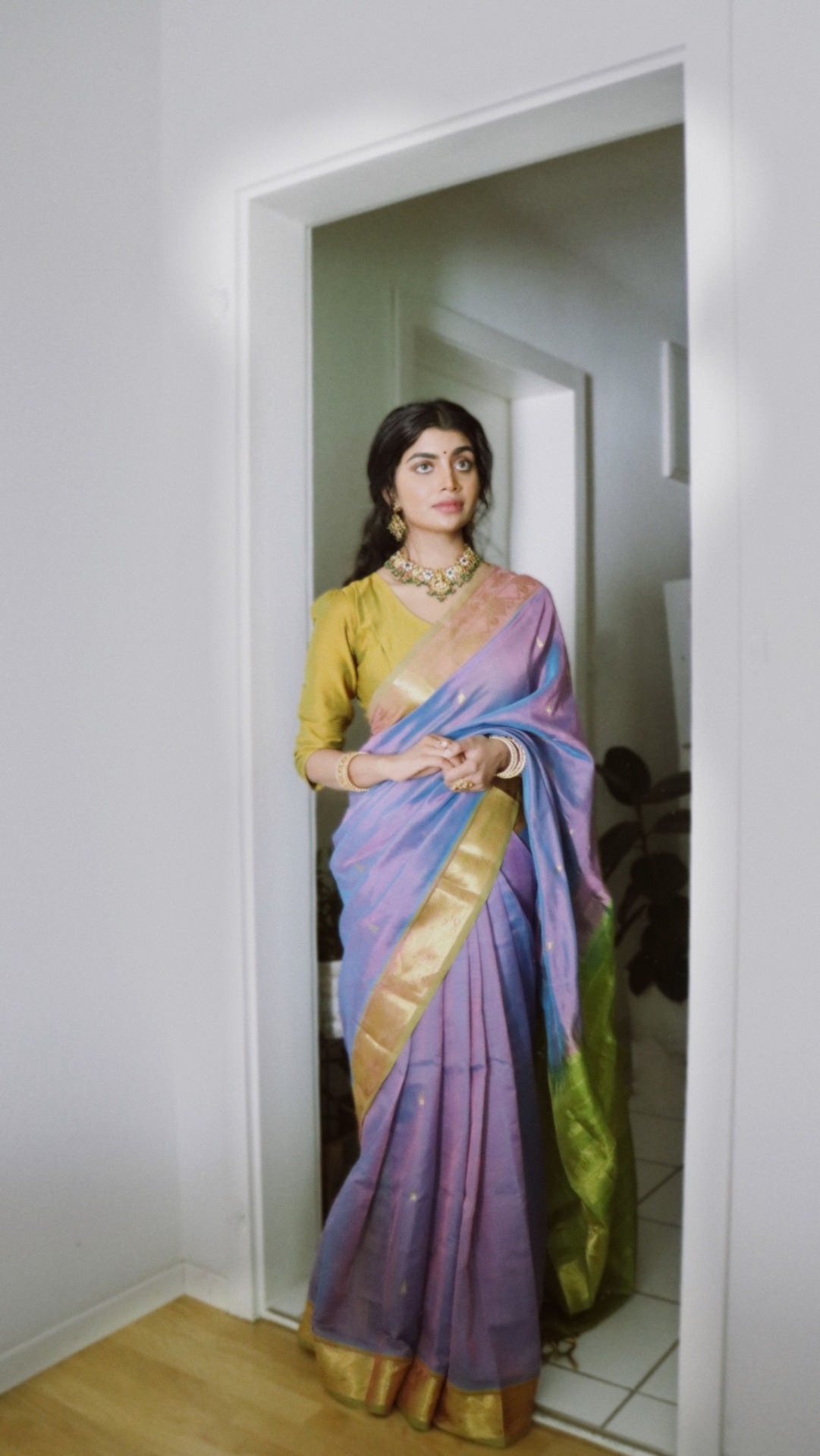
Picture found here.

Picture found here.


Picture found here.
A while ago I started writing a short story. Since I am an expert in starting things without finishing them, I eagerly hope to finish this one. These pictures are the ‘aesthetic’ of the story; they are here to inspire me, and hopefully you’ll find it interesting too. Enjoy!
 Photo found here.
Photo found here.




 Photo by Molly Dean.
Photo by Molly Dean.


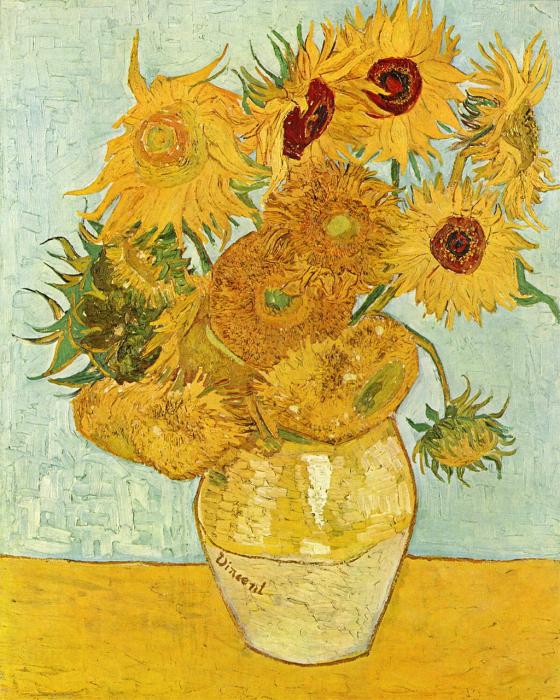


Photo found here.






Photo found here.







Photo found here.

Photo found here.





Photo found here.



“The brain appears to possess a special area which we might call poetic memory and which records everything that charms or touches us, that makes our lives beautiful.”
 Picture found here. Notice how beautifully the delicate white porcelain and fresh pink roses contrast with the worn out grey surface? In one word – poetic.
Picture found here. Notice how beautifully the delicate white porcelain and fresh pink roses contrast with the worn out grey surface? In one word – poetic.
As you may already know, I am a big fan of Milan Kundera’s novel “Unbearable Lightness of Being”; I think the way he explored the inner struggles of characters is wonderful, but there’s so much more to the book. Kundera tends to be very analytical and philosophical and while he often explores the ideas of other thinkers such as Nietzsche, he tends to have interesting theses and concepts himself, like this one:
“The brain appears to possess a special area which we might call poetic memory and which records everything that charms or touches us, that makes our lives beautiful.”
Kundera ends the chapter with this sentence, connecting love and poetic memory, which only emphasises the importance of poetic memory in one’s life.
“Love begins with a metaphor. Which is to say, love begins at the point when a woman enters her first word into our poetic memory.”
The first sentence perfectly describes my knightly quest for Beauty in everyday life. Kundera expressed in a sentence something I felt for a long time, but had no words to describe it. I usually just say “this is beautiful” or “I like the aesthetics”, but from now on I shall call it “poetic memory”. Poetic memory is an individual thing; one can see beauty where others do not, but many things are universally beautiful such as sunsets and flowers. But it is not merely about beauty itself as much as it is about a dreamy, charming, heartbreaking sight that makes you sigh and that lingers on in your memory, reappears in your mind again, that touches you and can even brings tear to your eye. I believe one needs to develop sensitivity towards beauty in order to see it every day, and in the most random and strangest of places.

I just love pretty porcelain! Beautiful flowers on this tea cup have dazzled my imagination and stayed in my poetic memory, and so did the dreamy sight of pink magnolia blossoms, pear tree and a cardinal, photo by Molly Dean.

I am constantly fanatically and ecstatically seeking and finding, stumbling upon, beauty all around me, and when I see a sight that deserves a place in my poetic memory, I am overwhelmed by rapture that seems to me better than an acid trip. Here are some examples of scenes from my life that have charmed me, touched me and made my life more beautiful, and that I have rightfully saved to my poetic memory: cherry tree twig that adorns my vase every spring, my neighbour’s laundry drying outdoors and dancing in the breeze, bright yellow flowers in my garden, one decaying used-to-be-white-but-now-grey wall with little windows and bricks showing through and ruby red roses overgrowing it, ginkgo tree in autumn which leaves a magical gold-yellow carpet of leaves, one old grey house with two small windows and rain leaves a trail under them so that it looks like eyes crying and a damp garden with sombre pink and blue hydrangeas, three gentle and sad looking birch trees in front of an old wooden house, silence and stillness of winter afternoons and snowflakes, pink and lavender coloured sunsets as well as the orange and purple autumn sunsets tinged with melancholy with chillness descending, rose petals scattered all over my room and The Smiths in the background, morning dew on roses and white peonies in my garden, old decaying roofs, iron gates adorned with rust, old walls overgrown with moss and ivy, tree branches white and crispy from frost, red poppies near the railway, large white moon, listening to rain and Chopin at the same time; coming home from school last April accompanied by the smell of freshly mown grass, birdsong and pink magnolia blossoms. Colour combinations too; lavender and ruby red, or purple and yellow are amongst my favourites. The sight of flickering candles and old books with yellowy pages. And a special sight I saw last August on one rainy evening, coming home from a walk; apple tree and yellow sunflowers intertwined, like lovers, announcing autumn. Along with the steady beats of hard summer rain on my umbrella, it was enchanting, almost fairy tale like for me….
I imagine poetic memory as a beautiful little antique wooden box with elegant carvings and an invisible silver key that I carry around my neck, and when I see a scene of beauty, I can just unlock the box in my imagination and save it there. And later, in sad and dull moments, I can sit by my window with a cup of tea, close my eyes and enjoy the contents of my “poetic memory box”. Poetic memory isn’t limited to sights you see in your life; it can be found in photos and art as well, anything really that charms you. Here are some pictures that I recently “saved” in my poetic memory:

Seaburn, Sunderland, England by DM Allan.

Photo found here.

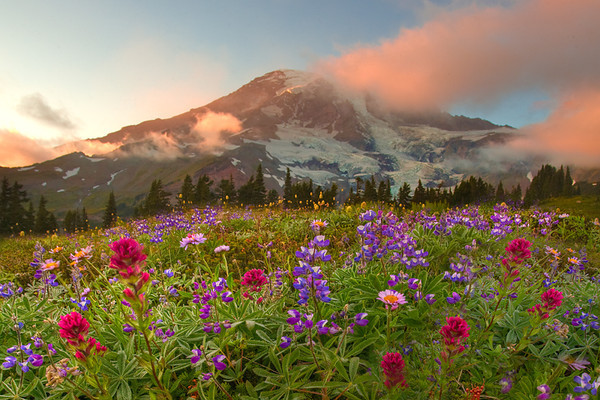
Wild flowers of Pacific Northwest, Images taken from around Washington State
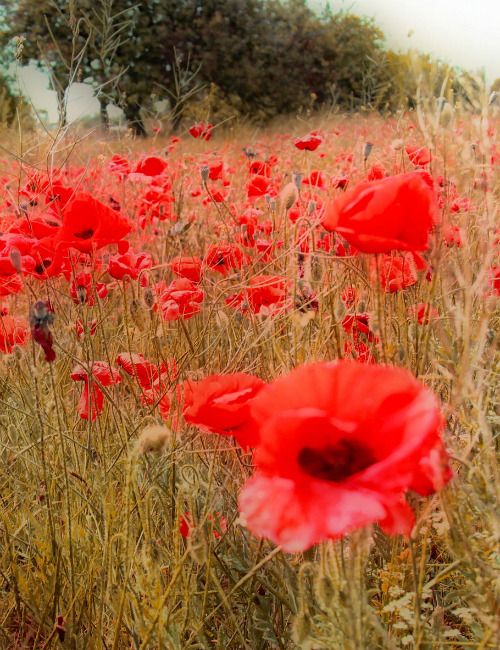

Milldale, Staffordshire, Peak District, England, UK; isn’t the contrast between old grey stones and bright greenery around it so so dazzlingly beautiful?
So, what do you think of Kundera’s thesis? Are you building your poetic memory? What kind of scenes charm you? I should also add that it is my opinion that poetic memory is a basis for good writing; poets and artists see beauty everywhere and it later becomes part of their work. As every day, month, year passes, I see more and more beauty around me, so much so that I should probably walk around carrying a notebook and a pen and write it down, “A Book of Beauty” I should call it. Sometimes I walk the streets thinking: “Look at that lantern, look at that crack in the pavement where flowers grew, or a pine tree, how did I never notice it before!?” My point is that noticing beauty is a skill that needs to be learnt, and I’m not pretending I’m above it, in fact, I wonder what sights will charm me five or ten years from now. Perhaps I’ll notice flowers in places I never even thought of looking.
If anything, I hope this post will inspire you to see more beauty around you.